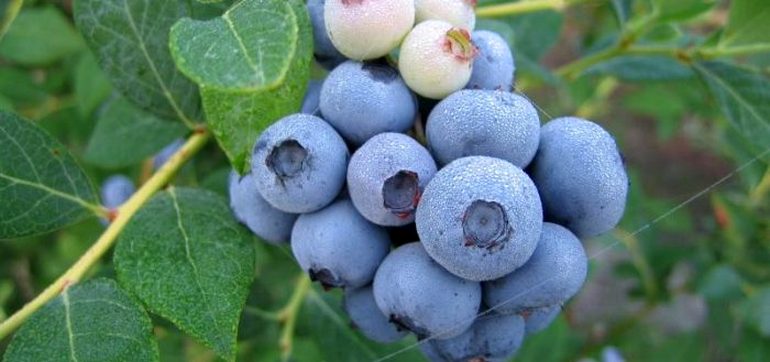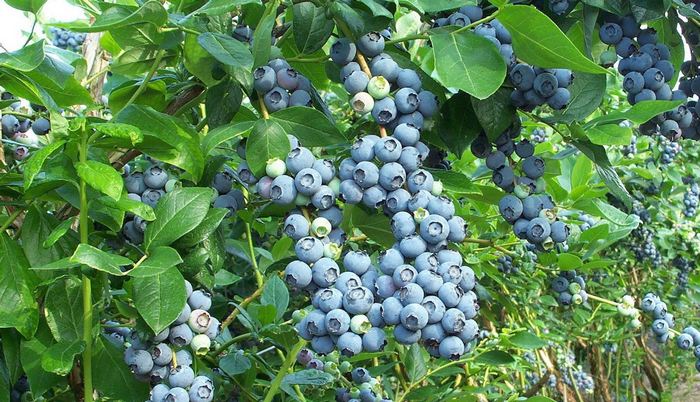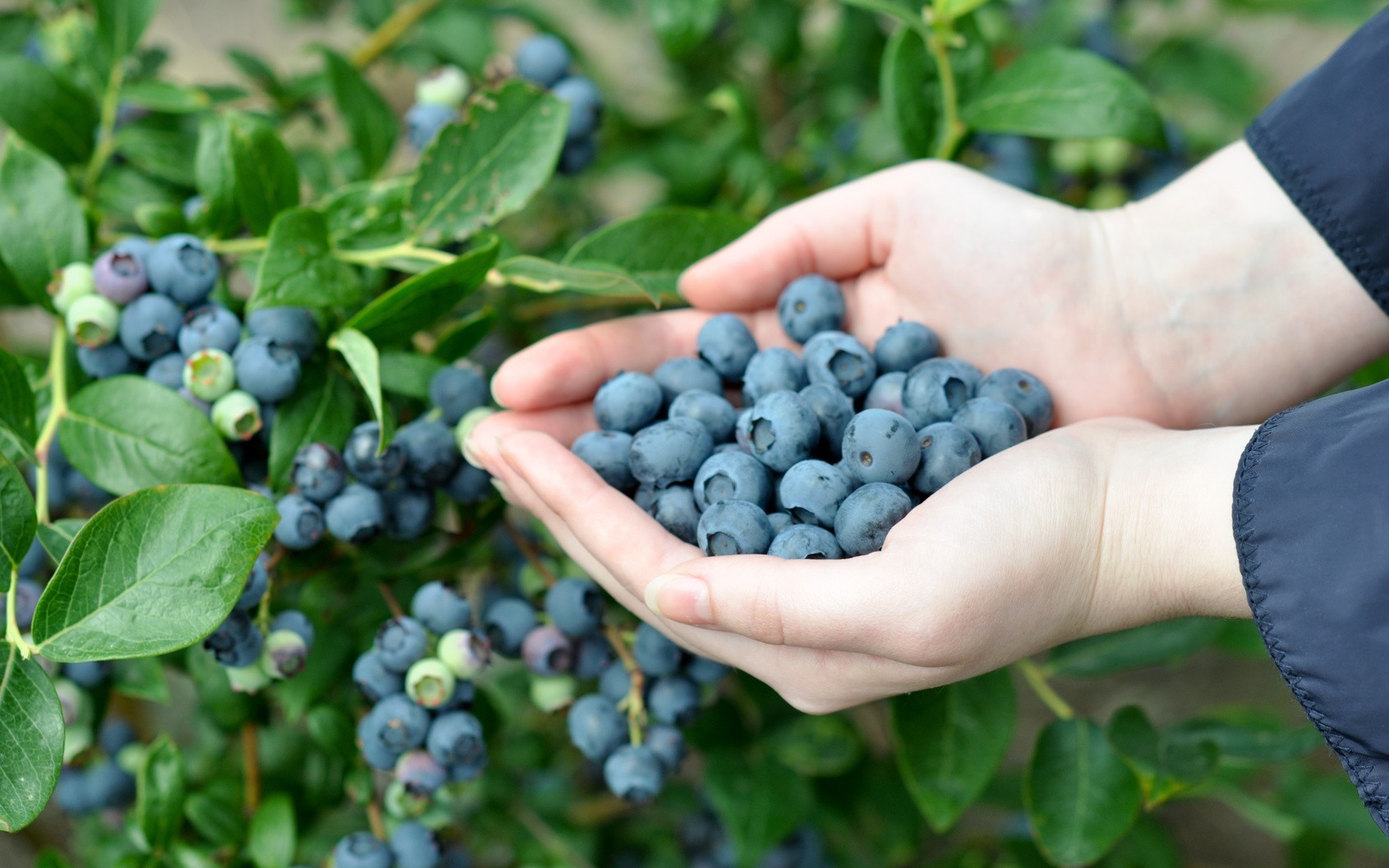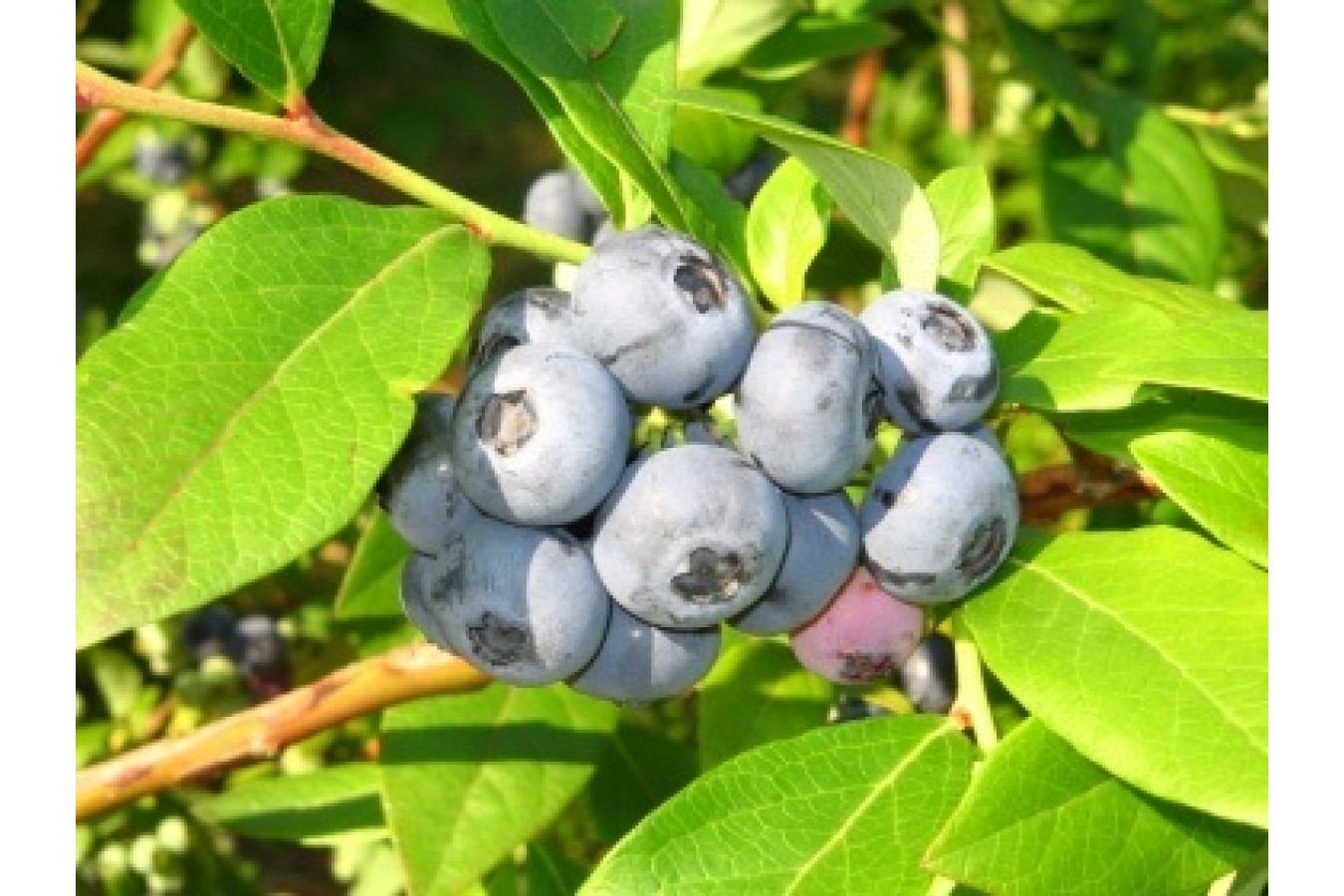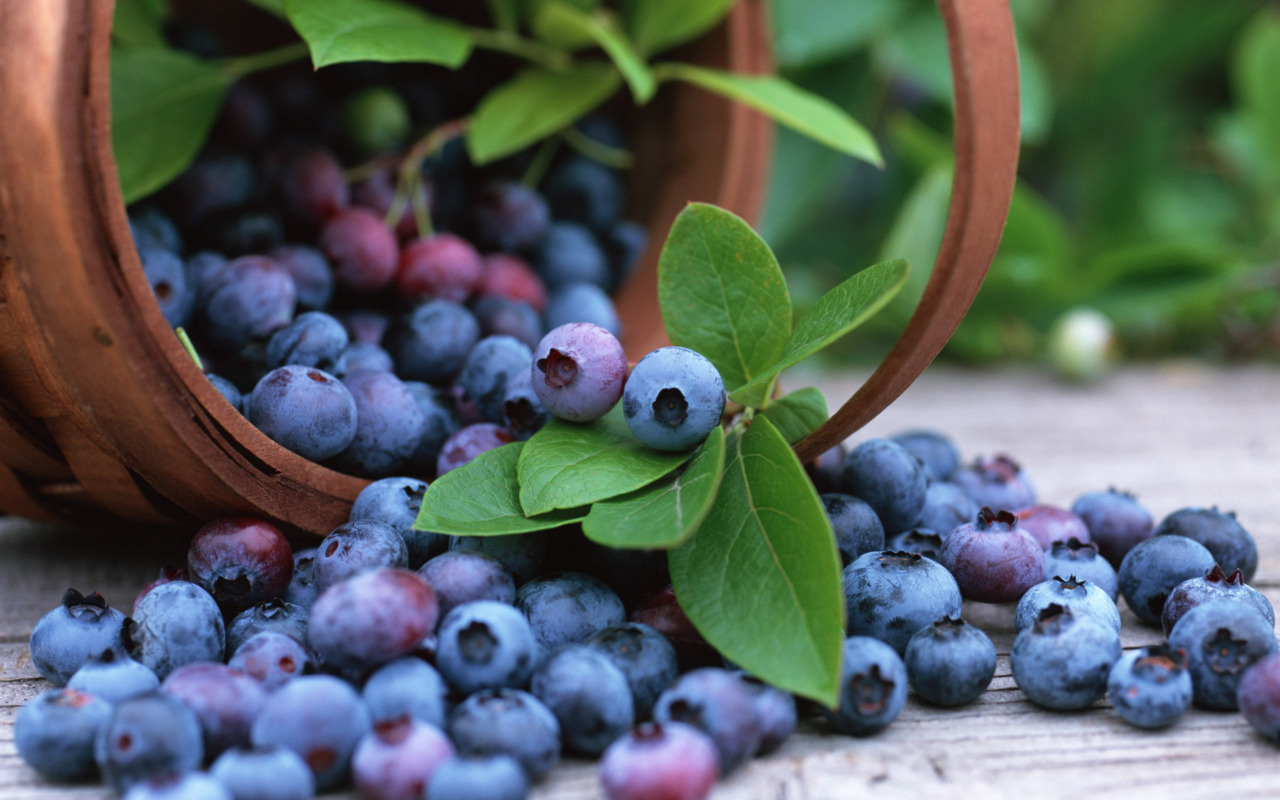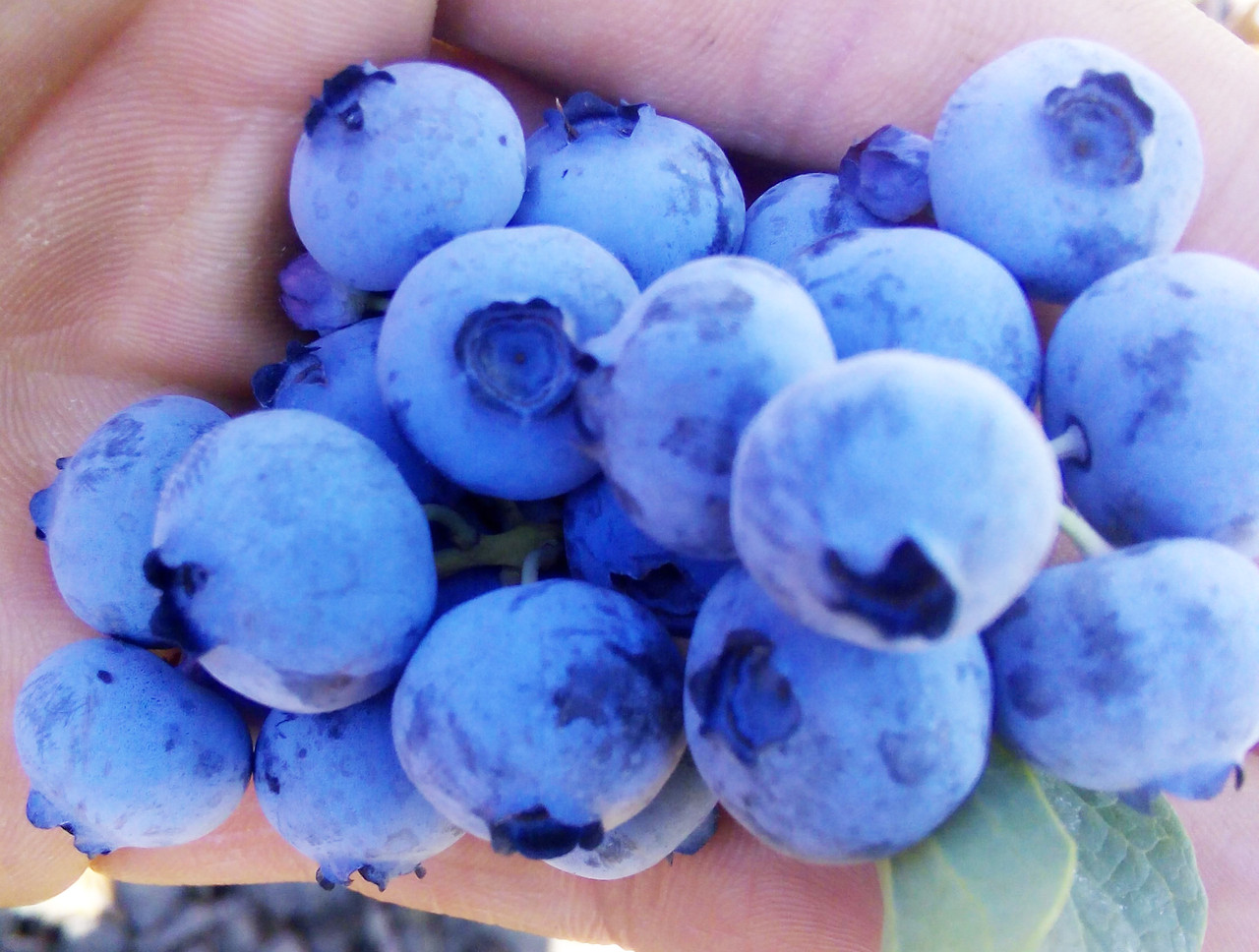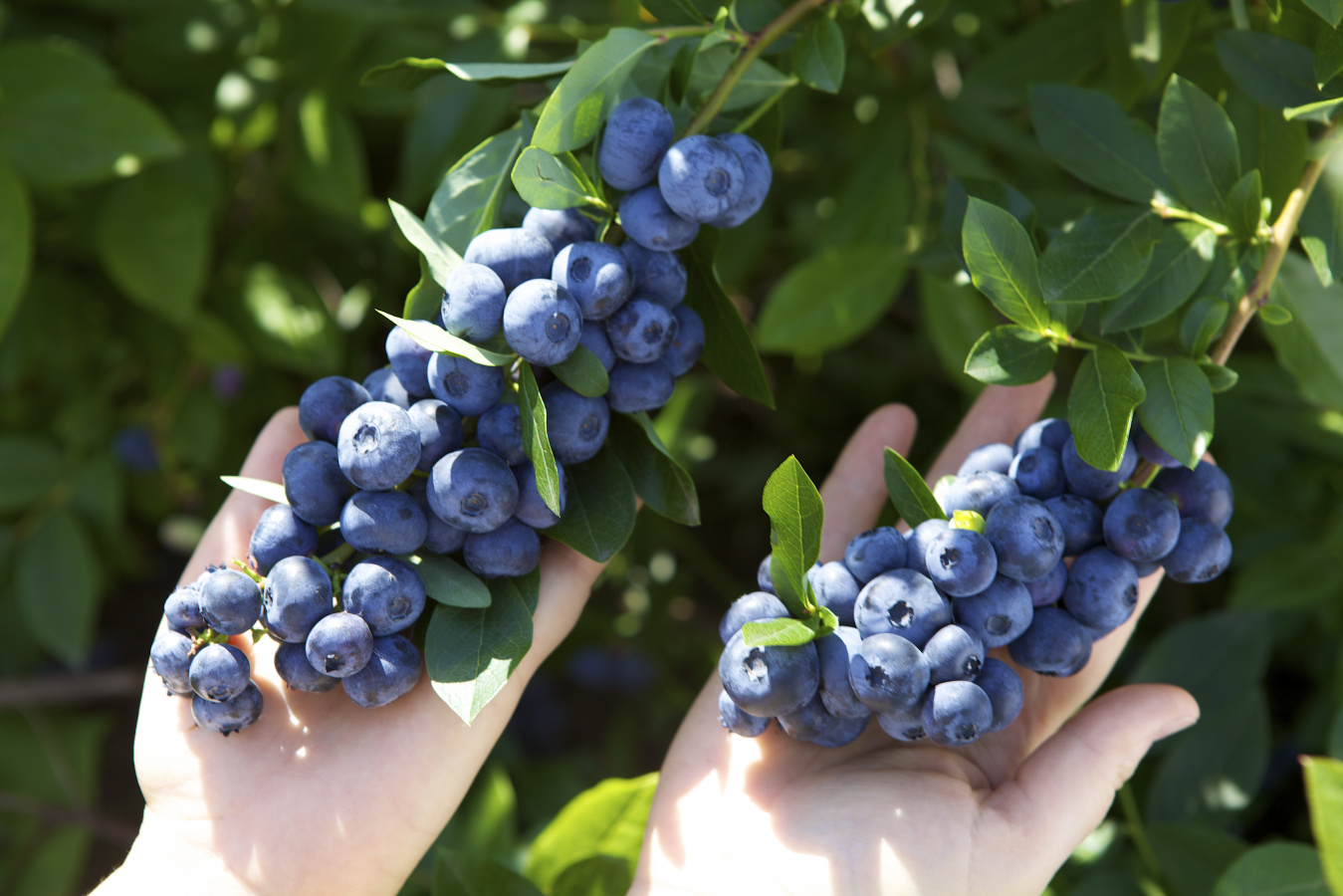Content:
Several years ago, gardeners did not even think about breeding blueberries. This plant was considered exotic and unacceptable for cultivation in most regions of the country. Its beneficial properties have been known for a long time, the berry has always been appreciated. An ornamental shrub can decorate any corner of the garden, but only knowledge of the peculiarities of its cultivation and the rules of caring for the plant can lead to success and allow you to enjoy delicious berries.
Variety history
Until the 19th century, blueberries grew wild in North America. It was harvested by collecting in large quantities. The famous botanist Frederick Vernon Covill from 1906 engaged in breeding work for the cultivation of a cultivated plant. He crossed several varieties and got a new variety - the hybrid variety Elizabeth.
Characteristics of the variety
For Elizabeth's blueberry, the description of the variety is as follows: it has a straight, spreading, tall shrub, from 1.5 to 1.8 m in height. The plant has a red shade of shoots, which is a sign of winter hardiness.
Shrub reproduction is not difficult. For this, lignified cuttings are used.
The fruits are large, up to 22 mm in diameter, sweet, round in shape. They have beautiful blue skin. The berries are not deformed during storage and transportation, they are easily detached from the branches. This variety compares favorably with all other blueberry varieties in taste. The harvest ripens in August.
The variety loves soil with a moderate peat content and does not grow well on sandy soil.
Planting a plant
It is better to plant seedlings in the spring, so that over the summer they grow stronger and can painlessly endure the winter frosts. But if necessary, planting in the fall is also possible.
When choosing a place in the garden, they give preference to an area well-lit by the sun. With a lack of light, the berries become smaller and do not gain sweetness. Protect the blueberries from the wind.
Blueberries love soil with an acidity of 3.5 to 4.5 pH. You can take peat soil, sandy loam substrate and rotted foliage with coniferous mulch. Another option is to buy sour peat, add fallen leaves or pine needles and some sand. The soil should be loose and moist. To acidify the soil, if possible, add sulfur.
The depth of the planting pit is 60 cm. In a row between several bushes, a gap of 1.2-1.5 meters is left. The prepared soil is poured into the pit, no organic matter is added.
The plant is planted before the leaves bloom. Potted blueberries must have a closed root system. It is very fragile, and so as not to damage it, before planting, the pot is lowered for half an hour in water, then the seedling is carefully removed and the roots are straightened. They are planted in a prepared hole, sprinkled with soil, watered and mulched. For mulch, they take sawdust (preferably from coniferous trees) or, in extreme cases, straw.
Blueberry cultivation and care
A high yield is obtained only with proper care.
Watering
This variety needs abundant watering, otherwise the berries will not even ripen. The variety is hard to endure dry hot summer. At the same time, stagnant water in blueberries is harmful and can lead to plant death. The bushes are watered regularly, preventing the soil from drying out. In extreme heat, the bush is sprayed in the evening, so as not to burn the leaves.
Top dressing
The next year, mineral fertilizers and 5 kg of organic matter (peat or compost) are applied. For three - and four-year-old plants, the rate of organic fertilization is increased to 10-15 kg. At the end of summer, 80 g of ammonium nitrate is introduced under the bush.
Shaping and pruning
In the first year, the Elizabeth variety is pruned. In the future, they carry out sanitary pruning, removing broken and diseased branches. After a few more years, the bush is thinned out so that it is well blown by the wind, and the growth of the plant is easier. They begin to form a bush in the sixth year, leaving 4 pieces of fruiting branches and young shoots. The shoots are completely removed so that fungal diseases do not appear due to density.
Reproduction
Blueberries reproduce in three ways: by dividing the bush, cuttings and seeds.
Young plants appear from the buds of rhizome shoots. They are carefully separated from the mother bush and transplanted to a new location. You can simply divide the bush into several parts and plant it separately. For cuttings, young shoots 10-15 cm long are used. For a month they are kept at a temperature of 1-5 degrees, then planted in the ground. This method of reproduction is very long, the plant takes root for 2-3 years, after which it is transplanted to a permanent place.
It is possible to propagate blueberries by seeds, but this requires time and compliance with the conditions for seed germination. They are kept in a cold place for 3 months, only then can they be planted in the soil, maintaining the desired temperature, watering and feeding. Blueberry seedlings obtained from seeds will grow for 2 years.
Shelter for the winter
Blueberries are hardy and can easily winter without shelter. In the fall, it is only mulched, covering the trunk circle with a layer of 6 cm with bark, coniferous needles or peat. The fallen snow is scooped up to the bushes.
Diseases
In rainy weather, blueberries can become infected with fungal infections. Preventive measures are taken against them: weeds are regularly removed, shrubs are thinned out, and they are sprayed with fungicides in spring and autumn.
Tracheomycotic wilting
This is the most common fungal blueberry disease. Pathogens persist for a long time in soil on fallen vegetation. They attack the root system, preventing nutrients from entering the plant, and it dies. You can identify the disease by black buds and drying stems. A mushroom bloom develops on the shoots and roots. The infection spreads through soil, plant debris and infected seedlings.
Treatment methods:
- Purchase of healthy seedlings;
- Removing an infected plant from the site along with fallen leaves;
- Compliance with the rules of agricultural technology;
- Spraying the soil under an infected shrub with a phytosporin solution;
- Preventive spraying with foundation.
Cytosporosis
Fungal disease manifests itself on the roots. They turn brown and die. Gray-brown bulges in the form of a blunt cone are formed on the bark. The bark dries up. Through damage, the fungus penetrates into the plant, and it dries up.
The fight consists of activities:
- Pruning and destruction of affected parts of the shrub;
- Fertilizing and loosening the soil around the blueberries;
- Spring whitewashing of large branches and trunk with lime with copper sulfate;
- Cleaning wounds, disinfection with copper sulfate, putty with garden varnish or clay with mullein and sacking;
- Spraying with fungicides.
Phylostictic spotting
The fungal pathogen infects blueberry foliage.Large dark spots with a purple border appear on them. Leaves dry and fall off. The infection persists in fallen leaves.
Ways to fight:
- Purchase of healthy varietal material for planting;
- Compliance with the rules of agricultural technology;
- Destruction of vegetation remnants;
- Preventive spraying with Bordeaux mixture before flowering and after harvest.
Septoria spot
It is a fungal disease of the foliage. Round brown spots are formed in the center of the leaf plate. Starting from the center, the spots begin to lighten, then turn brown and dry. The disease can spread to shoots and petioles. The infection is found in the bark and fallen leaves of the infected plant. Control measures are similar to those of phyllostic spotting.
Red spot
The viral disease is manifested by translucent spots along the veins of the leaves, which eventually turn red and dry. The leaves turn yellow, the shoots stop growing, the weakened bushes freeze out. The carrier of the disease is a nematode. To destroy the virus, diseased plants are burned.
Blueberry pests
Several pests parasitize blueberries:
- Flat leaf roll;
- Blueberry moth;
- Peat jaundice;
- Heather lancet.
They fight the blueberry pest by manual collection and destruction of caterpillars and prophylactic spraying of the blossoming leaves with Inta-Vir and the like. A large number of pests require repeated summer treatment.
Benefits and Disadvantages of Elizabeth Blueberry
The characteristic of the variety includes many advantages:
- Rapid onset of fruiting;
- High yield (up to 7 kg per bush);
- Dessert berry flavor;
- Fruits keep on branches for a long time without dropping;
- Good transportability;
- Amicable maturation;
- Immunity to most fungal diseases.
In addition to the pros, Elizabeth's blueberry has some disadvantages. These include:
- Short shelf life of berries. They require fast processing;
- With a short summer period, the berries may not have time to ripen, and the yield decreases;
- Flower buds are sensitive to spring frosts;
- The frost resistance of the variety is not very high, it can not be planted in all regions, which does not allow industrial cultivation of blueberries.
Considering the blueberry variety for cultivation, Elizabeth is chosen as the most delicious and aromatic berry. It contains an optimal balance of sugar and organic acids. This is the best variety for fresh berries.
